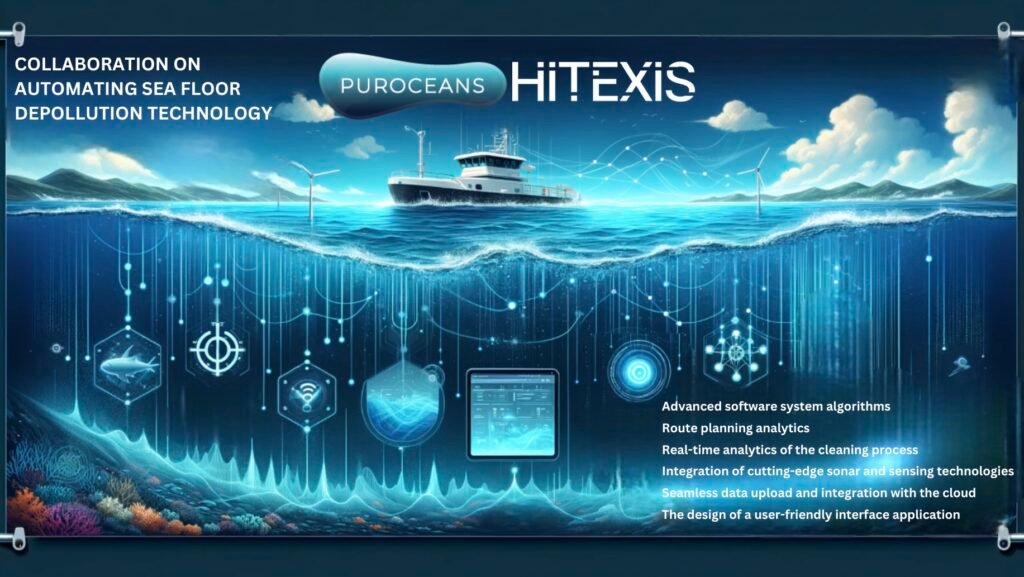Data science is hotter than ever. In 2023, Europe’s data analytics market was already vast – around $75.45 billion – and is projected to reach $219.76B by 2031 (14.3% CAGR). Businesses are investing heavily in analytics and AI for competitive insight. This year saw the explosive growth of generative AI: for example, ChatGPT reached an estimated 100 million monthly active users by January 2023, making it the fastest-growing app in history. This indicates massive interest in AI-driven tools.
Yet, commercial AI adoption still has room to grow. Recent statistics show only about 8% of EU enterprises (with ≥10 employees) used any AI technologies in 2023. Leading countries (Denmark, Finland) report ~15% usage, but many are much lower. This gap suggests strong growth potential as firms digitize. The European Union itself is heavily focused on AI and related R&D: a 2025 report highlights EU leadership in areas like AI, digital twins, and biotechnology.
Key Trends:
- Generative AI & LLMs: Text- and image-generating models are transforming how analysts work. Solutions like GPT-based tools help in drafting reports, querying data in natural language, and building prototypes of models. Early adopters of such tools report faster workflows and innovative applications (e.g. customized recommendations, automated content generation).
- Automated Machine Learning (AutoML): Democratization of ML means more tools for automated model building. Platforms (Azure ML, Google AutoML) allow non-experts to develop predictive models. This expands analytics into departments beyond data science, empowering business users.
- Cloud Data Platforms: Companies continue shifting data to the cloud for big data analytics. Data lakehouses and managed warehouses (Databricks, Snowflake, BigQuery) are standard, enabling scalable processing. Real-time streaming (Kafka, Flink) is also growing for instant insights.
- Responsible AI & Governance: With more data use comes regulation. GDPR compliance and emerging AI legislation (EU AI Act) put data privacy and ethics at the forefront. There is a trend towards “explainable AI” and robust data governance to build trust.
- Edge Analytics & IoT Data: The proliferation of sensors (industrial IoT, telematics) drives demand for edge analytics. Data is increasingly processed locally on devices, reducing latency. Data mesh architectures are also being explored, giving teams ownership of their own data pipelines.
In summary, data science in 2023 is characterized by rapid growth and excitement over AI. The industry is poised for expansion: global surveys show ~78% of companies use AI in some form, and Europe is pushing ahead on innovation. Organizations that invest in data infrastructure, upskill teams, and adopt these trends will turn insights into competitive advantage.


